As the sun rose over the nation's capital, thousands of air traffic controllers reported to work, their paychecks still pending due to the ongoing government shutdown. Among them was Emily Chen, a seasoned controller at Washington's Reagan National Airport. She had been working without pay for weeks, but her dedication to ensuring the safe takeoff and landing of flights remained unwavering. However, the strain was beginning to show, and the Federal Aviation Administration (FAA) was taking drastic measures to mitigate the risks.
The FAA had ordered flight cancellations at 40 highly trafficked airports across the country, starting November 7, 2025. The cuts were a result of Transportation Secretary Sean Duffy's decision to restrict flights due to the government shutdown's impact on air traffic controllers. The order required carriers to reduce their operations by 4 percent, increasing to 10 percent by the end of the week.
For Emily and her colleagues, the shutdown had become a daily struggle. "We're not just talking about our own paychecks; we're talking about the safety of the flying public," she said in an interview. "We're doing our best to keep up, but it's getting harder by the day." Emily's concerns were echoed by her union representative, who expressed fears about the long-term consequences of the shutdown on air traffic control.
The government shutdown, now in its fifth week, had brought the nation's air traffic control system to the brink of collapse. With thousands of air traffic controllers working without pay, the FAA was forced to take drastic measures to prevent a catastrophic failure of the system. The order to restrict flights was a last-ditch effort to mitigate the risks, but it was clear that the situation was far from resolved.
Transportation Secretary Sean Duffy defended the decision, citing the need to prioritize safety above all else. "We cannot compromise on the safety of the flying public," he said in a statement. "The shutdown has put an undue burden on our air traffic controllers, and we must take steps to ensure their well-being and the safety of our skies."
However, not everyone was convinced that the FAA's measures went far enough. Some critics argued that the restrictions were too little, too late, and that the government should have acted sooner to address the crisis. "The FAA's decision to restrict flights is a Band-Aid solution to a much larger problem," said aviation expert John Nance. "We need a comprehensive plan to address the root causes of this crisis, not just a temporary fix."
As the situation continued to unfold, passengers were left to navigate the uncertain skies. For Emily Chen and her colleagues, the shutdown had become a daily reminder of the high stakes involved in their work. "We're not just controllers; we're the guardians of the skies," she said. "We'll do everything in our power to keep the flying public safe, but we need the support of our government to do so."
As the government shutdown continued to drag on, one thing was clear: the safety of the nation's skies hung in the balance. The FAA's decision to restrict flights was a stark reminder of the consequences of inaction, and the need for a comprehensive solution to the crisis. Only time would tell if the government would rise to the challenge and find a way to end the shutdown, but for now, the skies remained a source of uncertainty and concern.
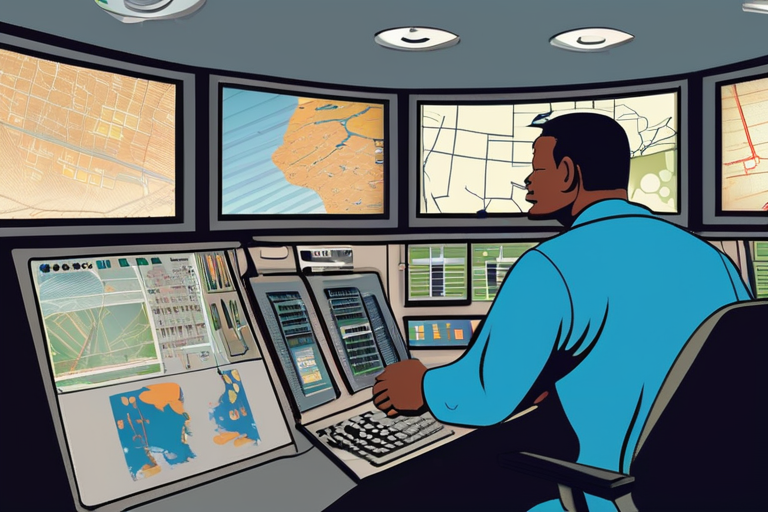


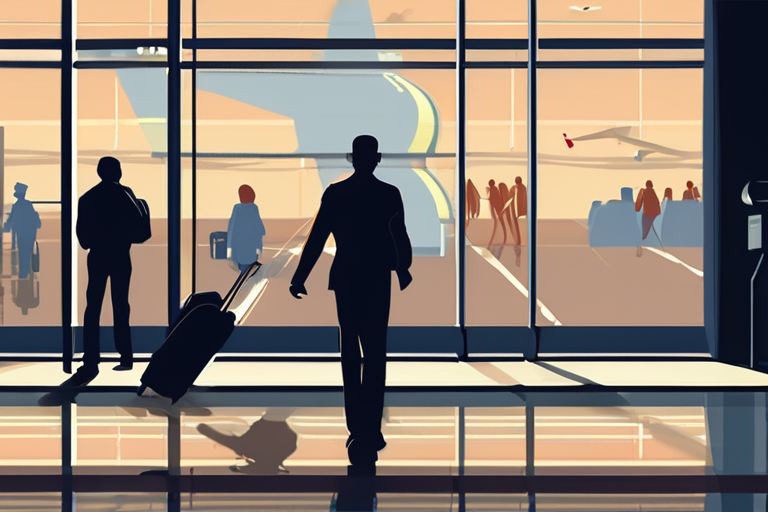

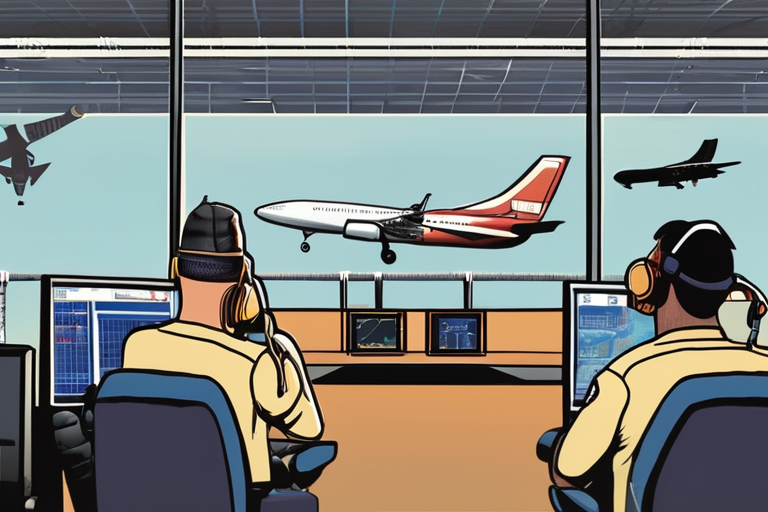
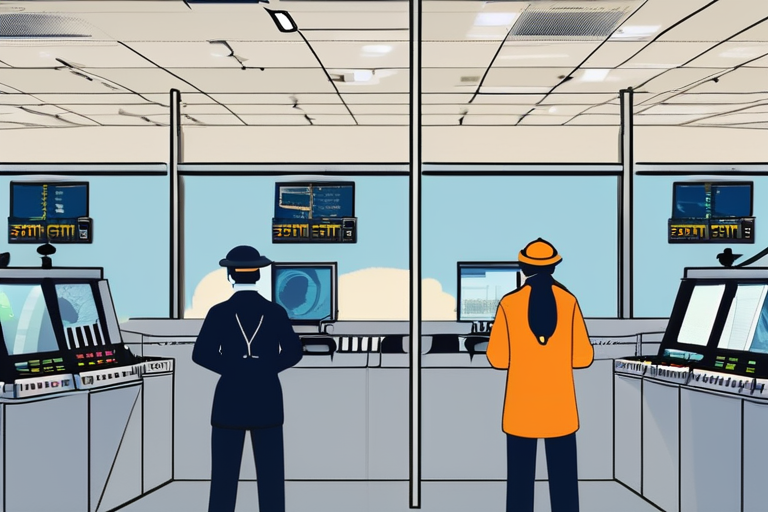




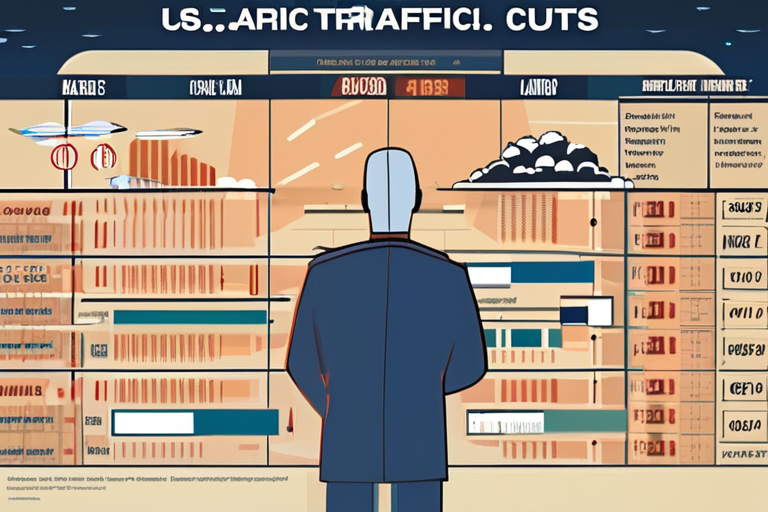
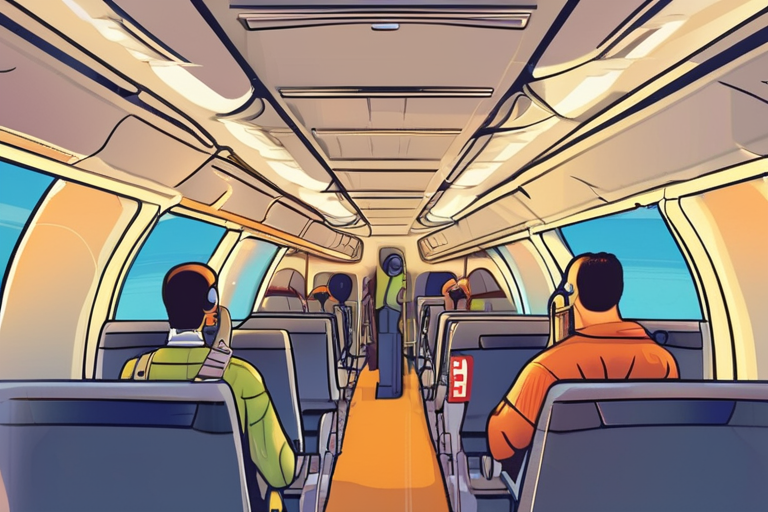
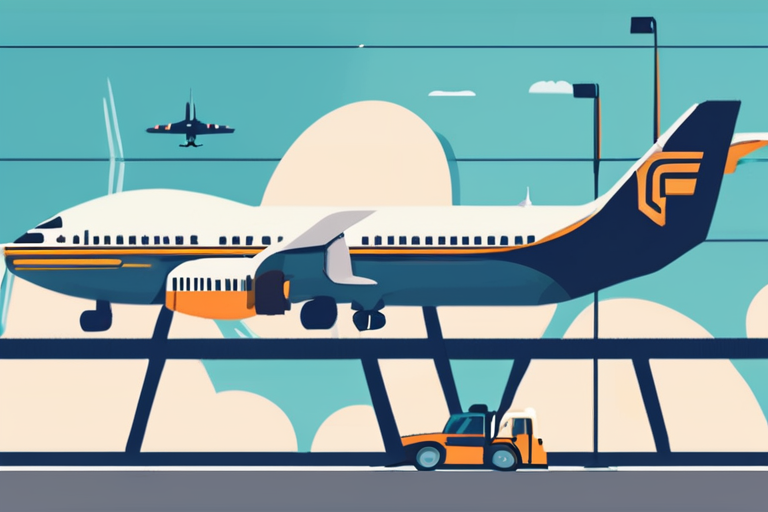



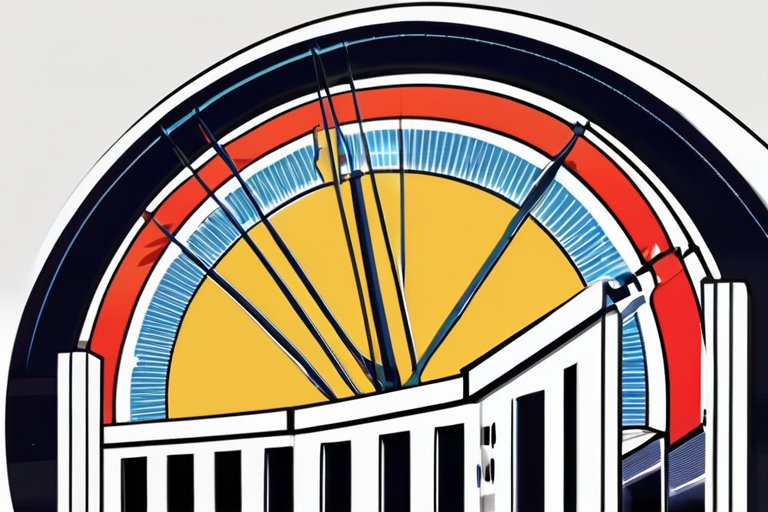
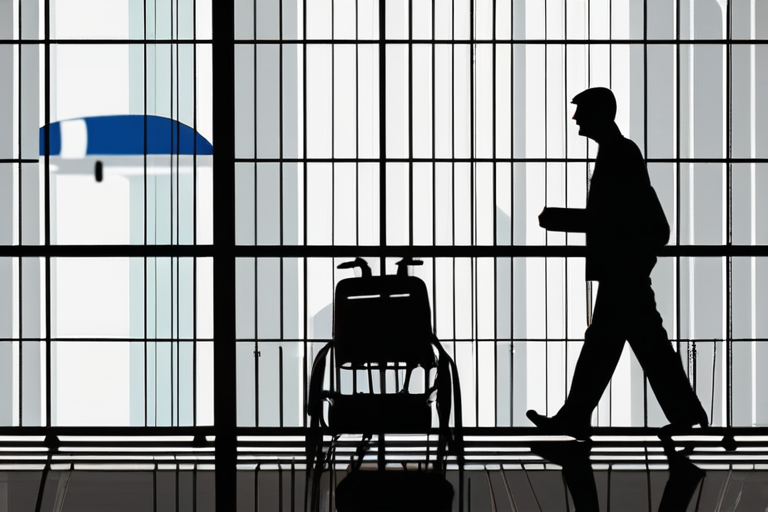
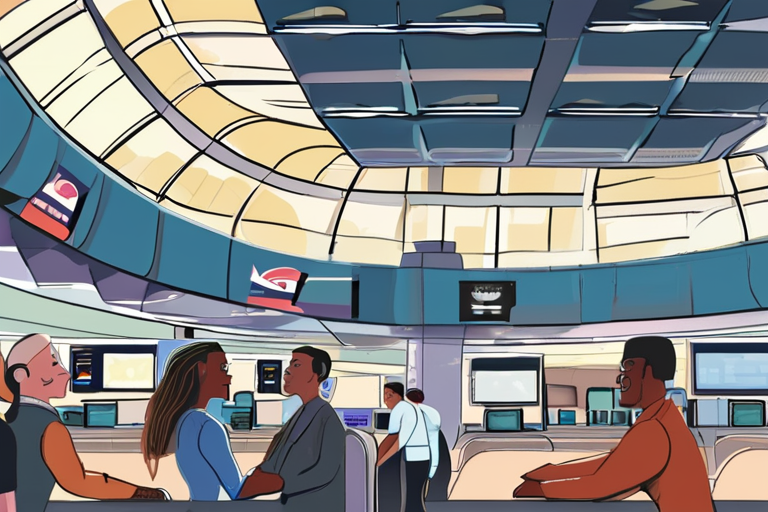
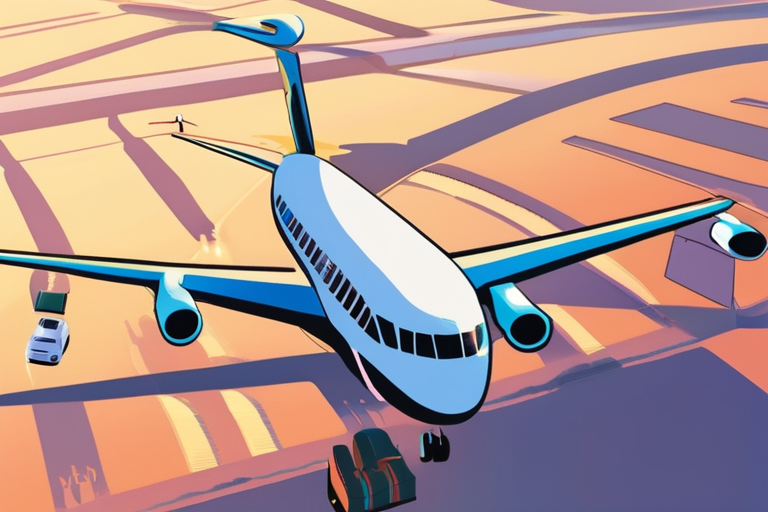
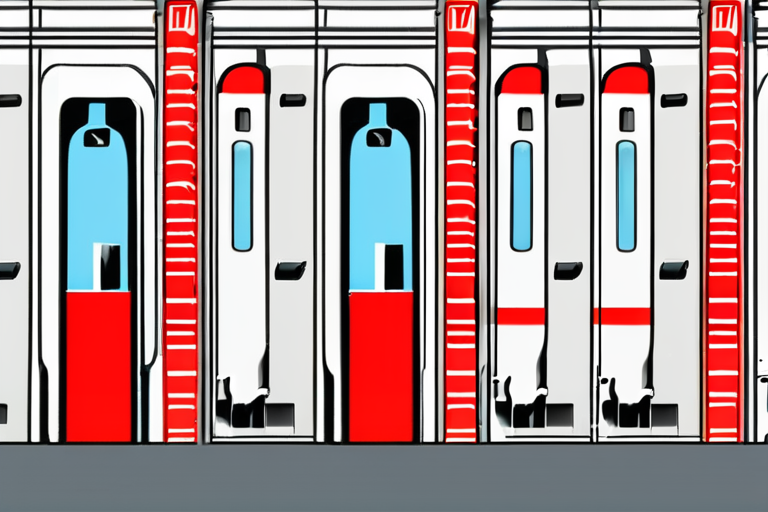


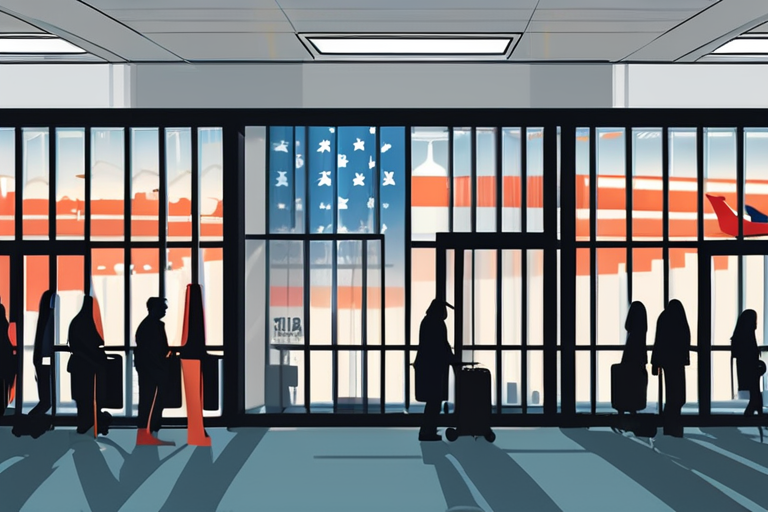

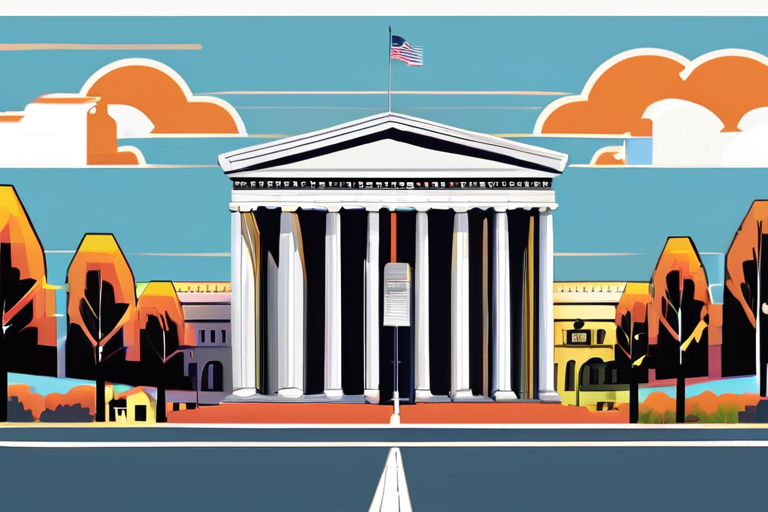
Share & Engage Share
Share this article